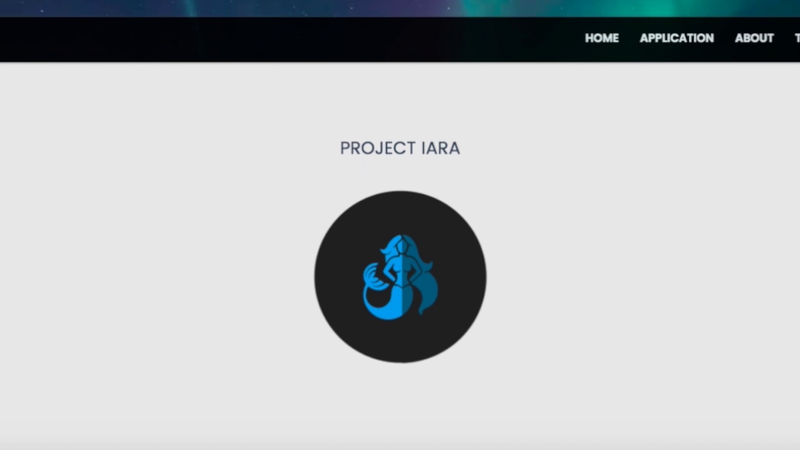Project IARA | Our Planet, Our Home
Awards & Nominations
Project IARA has received the following awards and nominations. Way to go!
The Challenge | Our Planet, Our Home
Proeject I.A.R.A
Project I.A.R.A will help Governments seek, evaluate and determine the location of damaged Riparian Forests — vegetation around rivers. When found, the landowners should be warned to reforest accordingly to the native vegetation of the region.

Building The Tool
By using Sentinel's Satellite Images and NASA's open source data we we're able to isolate rivers in the whole world that doesn't have enough vegetation to safeguard their natural course and wildlife.
We used NDVI (Normalized Difference Vegetation Index) to render different layers of vegetation and we are developing our own API to separate every individual pixel as a different kind of green area. In doing so, we can now understand in real time the locations that are in need of attention by the local government, landowners and the scientific community in general.
Impact
Riparian zones are important in ecology, environmental management, and civil engineering because of their role in soil conservation, their habitat biodiversity, and the influence they have on fauna and aquatic ecosystems, including grasslands, woodlands, wetlands, or even non-vegetative areas.
use cases
- Governments can keep track of their country's Riparian Zones (Green zone around rivers and ponds) and enforce the law to maintain sustainability
- Landowners can easily search the local area for a real-time understanding on how much vegetation it currently holds
- Companies wanting to invest in carbon off-sets to reduce carbon footprint
- Ecologists wanting to study the impact of damaged wildlife bioma
- Boats and small ships can trace a route without risking hitting sandbags
Roles and functions
Riparian zones dissipate stream energy. The meandering curves of a river, combined with vegetation and root systems, slow the flow of water, which reduces soil erosion and flood damage. Sediment is trapped, reducing suspended solids to create less turbid water, replenish soils, and build stream banks. Pollutants are filtered from surface runoff, enhancing water quality via biofiltration.
The riparian zones also provide wildlife habitat, increased biodiversity, and wildlife corridors, enabling aquatic and riparian organisms to move along river systems avoiding isolated communities. Riparian vegetation can also provide forage for wildlife and livestock.
MORE iNFOS
Repository: https://github.com/rafameyer/project-iara
Technologies: HTML, CSS, JS, JSQuery, Bootstrap, Google Geocoding APIs, NASA Sentinels API
Sources: wikipedia, sentinel, nasa, wwf.
PS: The Name IARA Comes from the Folkloric Brazilian Mermaid, She Is Known To Protect The Amazon Rivers.
SpaceApps is a NASA incubator innovation program.